Men’s Health is the Focus in June
On average, men die about five years earlier than women and have higher mortality rates from some cancers and heart disease, according to the Centers for Disease Control and Prevention (CDC). It’s important, then, that men talk to their health care providers about what types of preventive medical tests and activities they need to stay healthy.

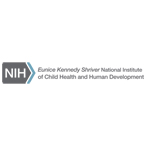
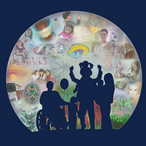

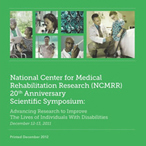
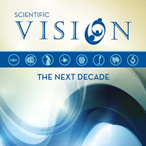
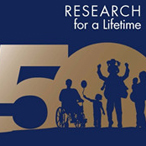




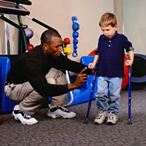

 BACK TO TOP
BACK TO TOP